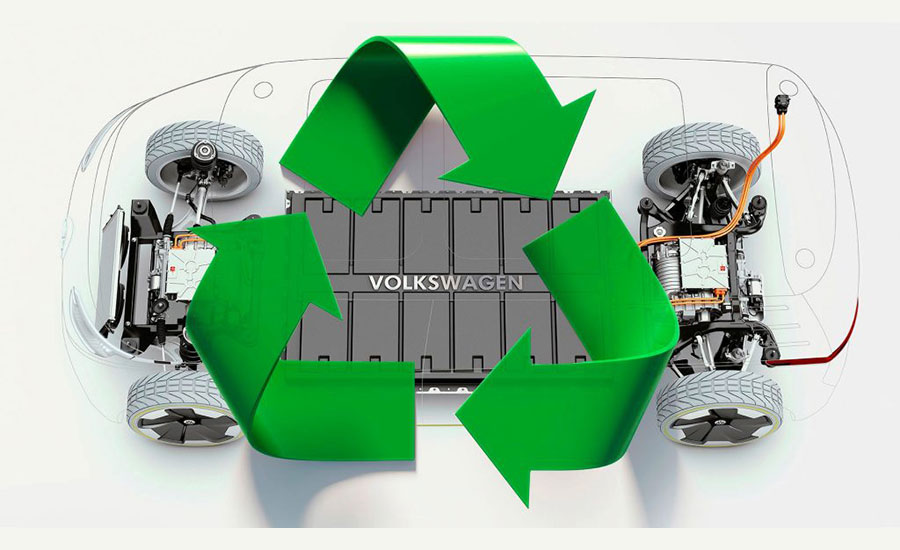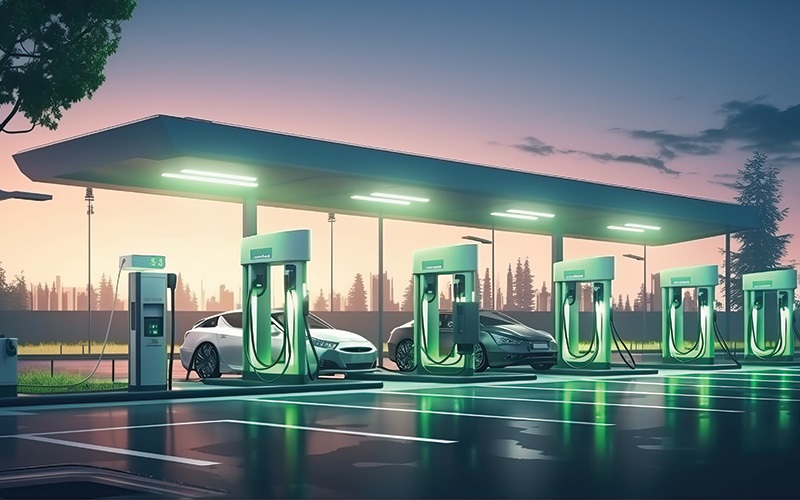Electric Vehicle Recycling and Disposal: A Critical Component of the EV Revolution
wordpress-Default June 25, 2024 0 COMMENTS
As electric vehicles (EVs) become increasingly prevalent on roads in the USA and Canada, the industry faces a critical challenge: how to effectively recycle and dispose of EV components, particularly the batteries. While EVs are celebrated for their potential to reduce greenhouse gas emissions and reliance on fossil fuels, their long-term environmental benefits depend significantly on the ability to sustainably manage their end-of-life stages. This blog explores the current state, challenges, and future prospects of electric vehicle recycling and disposal in North America.
The Importance of EV Recycling
The push towards electric vehicles is driven by the urgent need to combat climate change and reduce air pollution. However, EVs present a new set of environmental challenges once they reach the end of their lifecycle. The batteries that power EVs are particularly problematic. Composed of valuable and potentially hazardous materials like lithium, cobalt, nickel, and manganese, these batteries require careful handling and disposal to avoid environmental contamination and resource wastage.
Recycling EV batteries and components is crucial for several reasons:
- Resource Conservation: Many materials used in EV batteries are finite and sourced through environmentally damaging mining processes. Recycling can recover these valuable materials, reducing the need for new extraction.
- Environmental Protection: Improper disposal of EV batteries can lead to soil and water contamination due to the leakage of toxic substances.
- Economic Benefits: Recycling can reduce the costs associated with producing new batteries, lower the prices of EVs, and create new economic opportunities in the recycling industry.
Current Recycling Practices in the USA and Canada
North America is home to several pioneering companies and initiatives focused on EV recycling. The processes typically involve several stages: collection, dismantling, shredding, and material recovery.
In the USA, companies like Redwood Materials and Li-Cycle are leading the charge. Redwood Materials, founded by Tesla co-founder JB Straubel, focuses on recovering materials like cobalt, nickel, and lithium from used batteries. Li-Cycle, another major player, uses a unique hydrometallurgical process to recycle up to 95% of the materials in a lithium-ion battery.
In Canada, companies like Lithion Recycling are at the forefront. Lithion’s process involves a combination of mechanical and hydrometallurgical methods to achieve high recovery rates of critical materials. The Canadian government is also actively supporting research and development in this area, recognizing the strategic importance of creating a robust domestic recycling infrastructure.
Challenges in EV Recycling
Despite the progress, the industry faces significant challenges:
- Technological Barriers: The recycling processes for EV batteries are complex and still evolving. Efficiently separating and recovering materials without degrading their quality is technically challenging.
- Economic Viability: The high cost of recycling, compared to the value of the recovered materials, can make it less economically attractive. This is exacerbated by fluctuating prices for raw materials like lithium and cobalt.
- Regulatory Hurdles: Regulations around the transportation and handling of used batteries vary widely across regions, complicating the logistics of recycling.
- Collection and Logistics: Establishing efficient collection systems for end-of-life batteries is crucial. Given the geographic size of the USA and Canada, this poses significant logistical challenges.
- Consumer Awareness: Many consumers are unaware of how to properly dispose of their EV batteries, leading to suboptimal recycling rates.
Innovations and Future Prospects
To address these challenges, several innovations and policy initiatives are underway:
- Second-Life Applications: Before recycling, EV batteries can often be repurposed for less demanding applications, such as stationary energy storage. This extends their useful life and provides additional economic value.
- Advanced Recycling Technologies: Research is ongoing to develop more efficient and cost-effective recycling technologies. For instance, direct recycling processes aim to recover and reuse entire battery components rather than breaking them down into raw materials.
- Policy Support: Governments in the USA and Canada are increasingly recognizing the importance of EV recycling. Policies like extended producer responsibility (EPR) laws, which make manufacturers responsible for the end-of-life management of their products, are being considered and implemented.
- Public-Private Partnerships: Collaborations between governments, private companies, and research institutions are critical. These partnerships can drive innovation, share best practices, and create economies of scale.
- Consumer Education: Raising awareness about the importance of proper disposal and recycling can significantly improve recycling rates. Programs aimed at educating consumers and providing easy access to recycling facilities are essential.
Case Studies
Several case studies illustrate the progress and potential of EV recycling:
- Redwood Materials (USA): This company’s innovative approach involves collecting end-of-life batteries from across North America and using a combination of mechanical and chemical processes to recover valuable materials. Their goal is to create a closed-loop system where old batteries provide the raw materials for new ones.
- Li-Cycle (Canada): Li-Cycle’s “spoke and hub” model involves local collection and processing facilities (spokes) feeding into a centralized refining facility (hub). This model reduces transportation costs and environmental impact while maximizing material recovery.
- Tesla (USA): Tesla’s Gigafactory in Nevada not only produces new batteries but also has an on-site recycling facility. This integration helps Tesla reduce costs and environmental impact by reusing materials from old batteries.
Electric vehicle recycling and disposal are critical components of the EV ecosystem. As the number of EVs on the road continues to grow, so does the urgency of developing sustainable solutions for managing their end-of-life stages. The USA and Canada are making significant strides in this area, with innovative companies, supportive policies, and growing public awareness. However, the challenges are substantial, and continued investment in research, technology, and infrastructure is essential.
By addressing these challenges head-on, North America can not only mitigate the environmental impact of EVs but also establish itself as a leader in the global transition to sustainable transportation. The path forward involves a combination of advanced technologies, robust policies, and active collaboration among all stakeholders. Through these efforts, the full environmental benefits of electric vehicles can be realized, ensuring a cleaner, more sustainable future for all.








